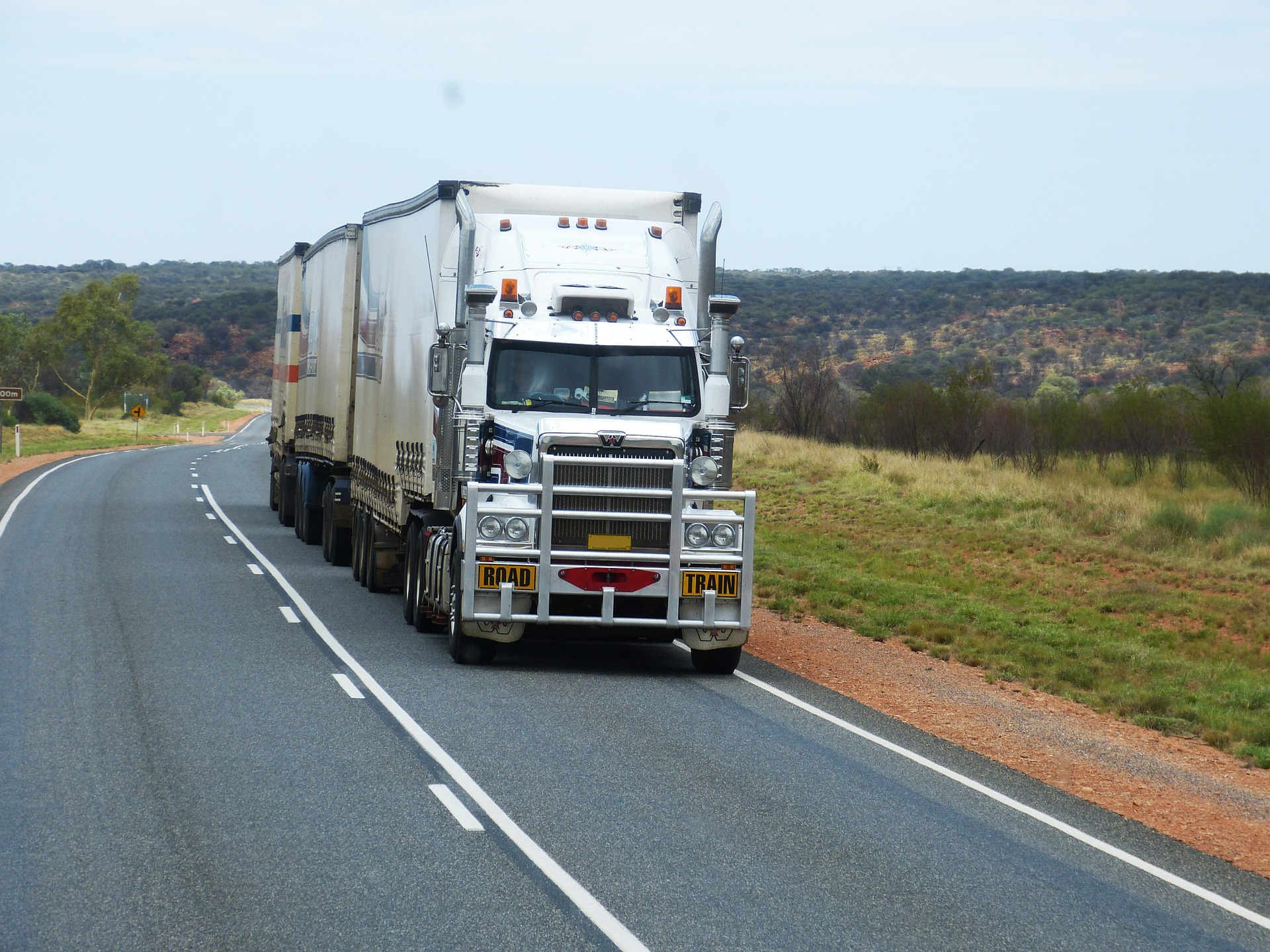BC Trucking Association President, Dave Earle would like more drivers vaccinated for COVID-19, even if that means potentially heading south of the border to do so.
Recently, the Manitoba Government and the State of North Dakota launched a joint initiative to vaccinate essential workers – this saw truck drivers in that province head to the neighboring state to receive their first dose.
According to the Ministry of Health, BC does not have agreements in place with states like Washington, Alaska, or Idaho – something Earle would like to see changed.
“If I have a driver from the Lower Mainland who is doing a run to Fairbanks and they happen to be in Alaska, fabulous, get it done. If I have somebody from Kelowna heading to Texas, great – every person that gets done means every other person in lines moves one step up.”
However, Earle cautioned supply and demand for vaccines vary greatly from state to state.
A few weeks ago, North Dakota issued its call to vaccinate its 16+ population.
According to the state’s health website, nearly 47% of residents have received their first dose while 40% have been fully vaccinated (the USA is following manufacturer recommendations and doing the second shot within 3 weeks).
“North Dakota went to their broad base call for vaccinations and they are doing it very quickly because they’ve got a lot of supply. The situation in Washington state is a little different. Demand for vaccines is very high for Washington state – they went to their 16+ call for vaccinations only last week,” added Earle.
Alaska is in a similar position, where 49.2% of the population has received one dose while 42.4% of all people in that state have been vaccinated.
“The last time I checked, they were leading the states in vaccination adoption per capita, so again, there may be some supply there and that is a conversation we will be having to see what we can do,” said Earle.
The picture is a little bit different in Washington state where demand for vaccines is extremely high.
Thirty-nine percent of people in Washington received the first dose, while 27% of residents are fully vaccinated.
Earle mentioned the industry has been a success story during the pandemic with little to no transmission being found among drivers.
“We did pilot studies and programs at a couple of border crossings back in the fall as we were moving into our second wave and our positivity rate under one-tenth of a percent.”
“The good news is we haven’t seen transmission but what that means is we can’t hang our hats on it and say hey this is a huge problem sector because it hasn’t shown. What we are doing in our sector is working.”
In March, the provincial health office identified cross-border truck drivers as an occupation of priority.
However, changes to the Astra Zeneca data as well as the trajectory of the third wave shifting vaccination efforts to areas with high transmission instead of occupations of concern.
Something going on in the Prince George area you think people should know about?
Send us a news tip by emailing [email protected].






